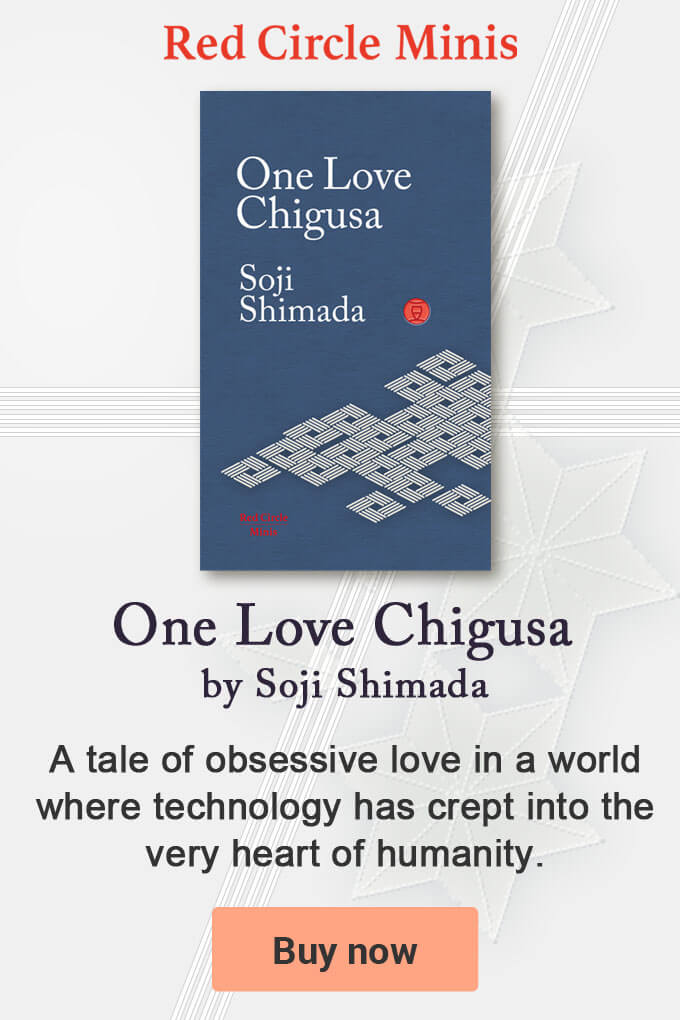According to Sepp Linhart, Professor of Japanology and Director of the Institute of East Asian Studies at the University of Vienna, the first commercial translation in any European language of a Japanese work of fiction was published in 1847, in German in Vienna, by its translator,
The book by
Ryutei Tanehiko (1783-1842) was a late Edo Period
gōkan, which were intricately plotted stories consisting of several volumes bound together and written in simple light language for the mass-market.
The translated title
Ukiyo-gata rokumai-byobu (
Floating world style –
Six-panel screens), originally published in Japanese 1821, was mainly about romantic misadventures and the final coming together of two lovers. It was translated and published by the Austrian polyglot, August Pfizmaier (1808-1887), as
Sechs Wandschirme in Gestalten der verganglichen Welt in Vienna, in German in 1847.
Tanehiko’s real name was Takaya Hikoshiro. He was born into a lower level samurai family with sufficient income to allow him to get a good education. His books were written to reflect how people actually spoke, behaved and dressed. He is said to have been a genre pioneer and a master printer. He was a household name, and bestselling author in Japan in the late Edo and early Meiji periods.
A Country Genji by a Commoner Murasaki, an adaptation and modernization of
The Tale of Genji, written by Tanehiko with illustrations by Utagawa Kunisada, the internationally famous
ukio-e artist, was one of the most popular books of the Edo Period, selling more than 10,000 copies. After its first issue, published in 1829, a further 152 volumes followed over a 14 year period. The Japanese authorities, however, eventually put an end to this successful publishing venture by demanding in 1842 that Tanehiko ceased publication of what was considered a political parody, and confiscated the print blocks. He died shortly after his works were banned.
Despite the success of the literary work and author in Japan, the publication in German of
Ukiyo-gata rokumai-byobu was a commercial failure and Pfizmaier subsequently published all his translations from Japanese in academic journals such as
The Proceedings of The Austrian-Hungarian Academy of Sciences. The German translation was, however, used for translations into English, Italian and French. And apparently a new German edition was published 90 years later.
Despite Pfizmaier’s false start, the translation baton outside Japan was picked up 50 years later by
Arthur Waley (1889-1966) who, according to academics, pioneered the modern tradition and trend of Japanese literature in the West increasing availability, interest and awareness.
Waley, a British translator of Chinese and Japanese literature, who interestingly never visited Asia, translated
The Tale of Genji (1921-23),
The Pillow Book (1928),
Kutune Shirka also know as
Itadorimaru no Kyoku (1951), as well as
No plays and Japanese poetry. He focused his work on what he thought would interest the general public rather than academics.
Subsequently, Donald Keene, professor of Japanese at Columbia University and Edward Seidensticker (1921-2007), professor of Japanese at the University of Michigan
have carried on this trend through translations and scholarship, further increasing awareness of and access to Japanese literature outside Japan.

